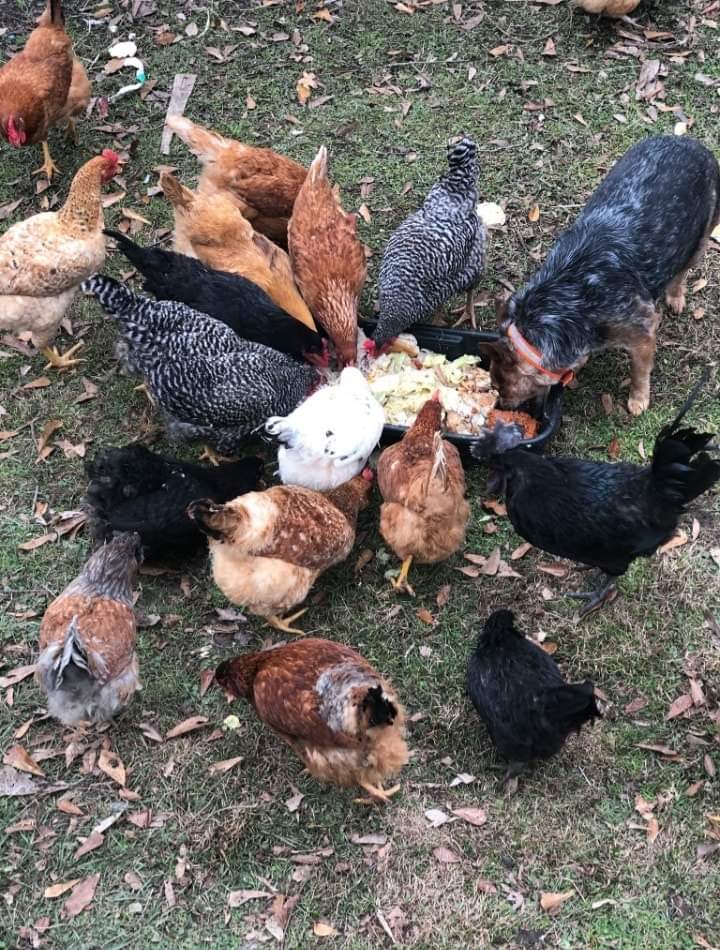Cage Free Eggs: Prospects & Challenges
Gradually India have also started practicing cage free ‘humane farming’!
When cage-free eggs are here to stay
More egg producers in Asia are keen to transition from cage poultry farming to cage-free operations, with most need for support to change coming from the region.
That is the level of interest in cage-free egg farming in Asia, according to Elissa Lane, CEO and co-founder of Global Food Partners (GFP), a consultancy firm that is now helping egg producers across Asia to become cage-free.
From major food businesses and services like Sodexo, Compass Group, Nestle, Burger King and Starbucks, to hotel chains like Marriott, Hilton and Minor International, all these organisations have set global policies to source only cage-free eggs by 2025 to 2027.
In Asia, egg producers are staying ahead of the curve to meet rising consumer demands. For instance, Charoen Pokphand Foods PCL announced last July that it will double production of cage-free eggs to 10 million in 2020 to promote ethical food choices in Thailand and its overseas markets.
GFP was established in Singapore in 2019 to provide support to farmers and industry stakeholders for a sustainable and economically viable transition to best practice cage-free egg production. With more than 50 years of corporate and on-farm experience developing and executing animal welfare policies and production practices, the founding team has worked with governments and egg industries globally on the implementation of cage-free egg standards and systems. They include Lane herself, chief operating officer Jayasimha Nuggehalli, and chief programme officer Sabina Garcia.
GFP is currently active in eight countries in Asia, namely, China, Japan, South Korea, Indonesia, Thailand, Malaysia, Singapore and the Philippines.
Singapore as a role model for cage-free production
Although Singapore is not known to be a major agriculture producing nation, according to Lane, she is seeing strong interest from varied companies – from restaurants groups to leading hospitality chains – that operate in the city-state and region-wide and have cage-free policies or are going to adopt them. Ultimately, when these companies purchase cage-free eggs for their regional supply chains, the impact would be felt down to the farm level.
Lane cited the example of Chew’s Agriculture, a leading egg producer in Singapore, who signed a 10-year, SGD 27 million (~USD 20.32 million; SGD 1 = USD 0.75) sustainability-linked loan with DBS bank in 2019. Under the terms of the loan, Chew’s will enjoy lower interest rates if it meets Humane Farm Animal Care (HFAC) standards which GFC would recommend to producers in the region to adopt, says Lane. The fact that a well-recognised financial institution is supporting, and incentivising cage-free production therefore sets a good example for companies and farmers in the region, she adds.
Challenges to cage-free production
That said, Lane also recognises the market challenges that cage-free production still faces in certain parts of the world, including Asia.
She shares: “In many markets, we see a price differential of 300 to 400% between caged and cage-free eggs. However, in some markets where the cage-free transition is more mature, like North America, Europe, Brazil and Colombia, the prices have become pretty comparable and accessible to the general public. We believe that as the cage-free market grows and evolves in Asia, cage-free production will be more efficient and prices will be driven down, and we are confident of a price differential no greater than 30 to 40%.”
Other major challenges also relate to the knowledge gap in cage-free production and limited access for farmers for appropriate training. For small and medium size farmers, market access can also be a problem. Hence, one of GFP’s goals is build capacity of farmers, enhance the supply chain of cage-free eggs by linking up food businesses with cage-free farms in the region. More producers in the market providing more options, would create a win-win situation for both farmers and buyers.
Reference-On Request Cage Free Eggs:



